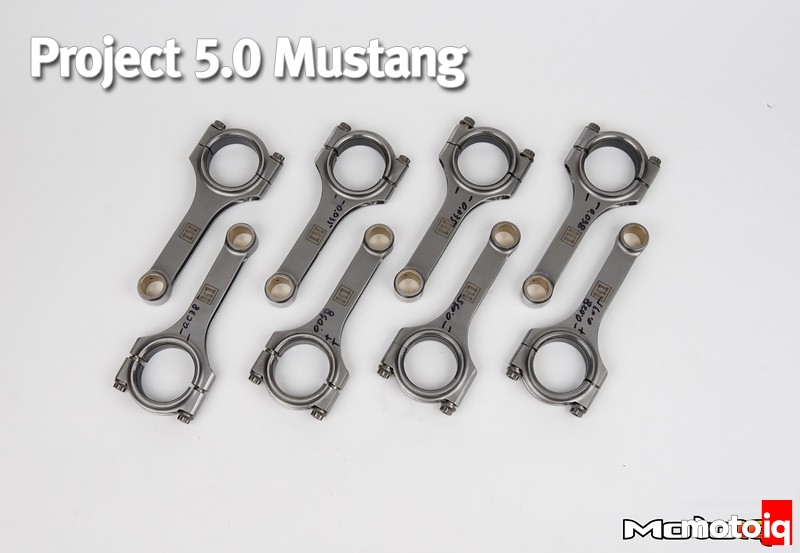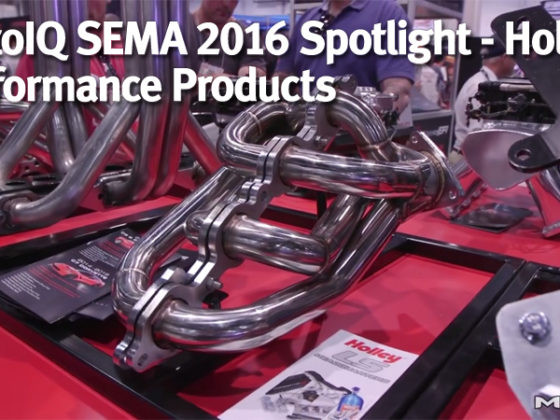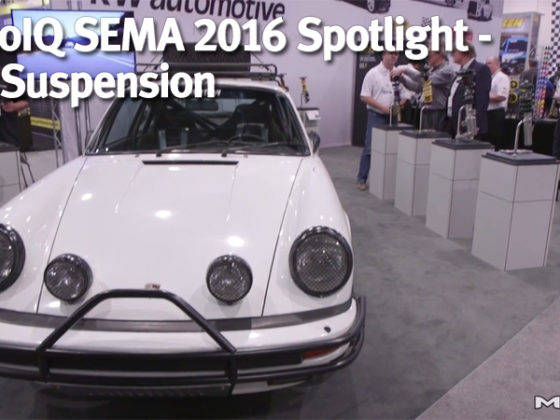,
 We used JE’s piston rings which we have always had very good luck with in all sorts of competition use. The compression rings are thin at 1.1mm and 1.2mm and low tension in design for less friction. Rings are the largest source of mechanical friction in an engine.
We used JE’s piston rings which we have always had very good luck with in all sorts of competition use. The compression rings are thin at 1.1mm and 1.2mm and low tension in design for less friction. Rings are the largest source of mechanical friction in an engine.The top ring is 1.1mm and is plasma chrome coated for low friction, long life and heat resistance.The 1.2mm thick ductile iron second ring has a hooked face Napier profile. Napier rings break in quickly and give better oil control at high rpm and are really low friction.
The oil rings are narrow profile and low tension. There are two scraper rings on either side of a waffle-like separator. The separator gives space for the oil to drain to the interior of the piston via holes in the oil ring groove. This helps keep the piston pin lubricated
 For connecting rods we decided to use parts from K1 Technologies. K1 rods are machined from a forged 4340 steel billet. 4340 is a super strong heat treatable steel alloy steel similar to chromoly, having nickel, chromium, and molybdenum as alloying agents. The alloying agents give 4340 double the strength of regular steel with the high nickel content making it stronger, tougher and more rupture resistant with a high impact resistance. These properties make 4340 an ideal alloy for connecting rods and stuff like gears, axles or crankshafts as well.
For connecting rods we decided to use parts from K1 Technologies. K1 rods are machined from a forged 4340 steel billet. 4340 is a super strong heat treatable steel alloy steel similar to chromoly, having nickel, chromium, and molybdenum as alloying agents. The alloying agents give 4340 double the strength of regular steel with the high nickel content making it stronger, tougher and more rupture resistant with a high impact resistance. These properties make 4340 an ideal alloy for connecting rods and stuff like gears, axles or crankshafts as well.The rod is first machined to shape from a rough cut piece of billet then solution heat treated. This heat treating greatly improves the mechanical properties such as tensile strength of 4340 steel. Solution heat treating makes the alloy homogeneous where all of the atoms in the material effectively become a solid solution during the treatment causing the alloying elements to be evenly distributed around the part.
After heat treatment, the rod is shotpeened which can improve fatigue strength by over 100%. The shotpeening is what gives the rod’s surface its pebbly texture.
 The K1 rod has an H-beam profile. We like the H-beam because it puts stiffness in the direction of bending stress that the rod sees in use although good rods are made with both H and I-beam profiles.
The K1 rod has an H-beam profile. We like the H-beam because it puts stiffness in the direction of bending stress that the rod sees in use although good rods are made with both H and I-beam profiles.The small end of the rod is bronze bushed and has two small oiling holes on the bottom of the pin hole on either side of the rod, low in the sides of the beam. This is preferable to the typical one larger hole at the top of the rod as this is the highest stressed area of the rod’s small end.
The K1 Rods use strong 7/16″ ARP 2000 bolts. These bolts have a tensile strength of 220,000 psi which is important when you consider that the rod bolts are the weakest and most failure prone part of the rod.
 For our high revving V8, we used King XP P-Max engine bearings. We have had excellent results with King bearings in most of our latest project motors and with some of our competition engine builds. After teardown, even after hard racing use, the King bearings have been coming through with flying colors exhibiting little wear.
For our high revving V8, we used King XP P-Max engine bearings. We have had excellent results with King bearings in most of our latest project motors and with some of our competition engine builds. After teardown, even after hard racing use, the King bearings have been coming through with flying colors exhibiting little wear.The XP bearing’s P-max Black material is a tri-metal bearing with steel, a very high capacity copper based intermediate layer and a softer lead-based overlay that contains 5% copper and undergoes a proprietary hardening process for industry leading load capacity.
We have yet to have a bearing failure with any King Bearing equipped motor and all of the bearings we have inspected look almost new, even after an entire season of racing!

 The Achilles heel of the Coyote engine is its sintered metal oil pump gears. These gears have been known to fail at anything over 8000 rpm. Although we plan to redline our engine at 8000 rpm, we want to have some rev headspace, especially with this critical engine component.
The Achilles heel of the Coyote engine is its sintered metal oil pump gears. These gears have been known to fail at anything over 8000 rpm. Although we plan to redline our engine at 8000 rpm, we want to have some rev headspace, especially with this critical engine component.We will be replacing the stock oil pump with this heavy duty part by Ford Motorsports. The Ford Motorsports pump uses precision ground billet steel gears that are much tougher than stock. This way we can be assured that we can rev the engine higher than 8K if needed and that something like a missed shift won’t nuke the pump and scatter the engine.



